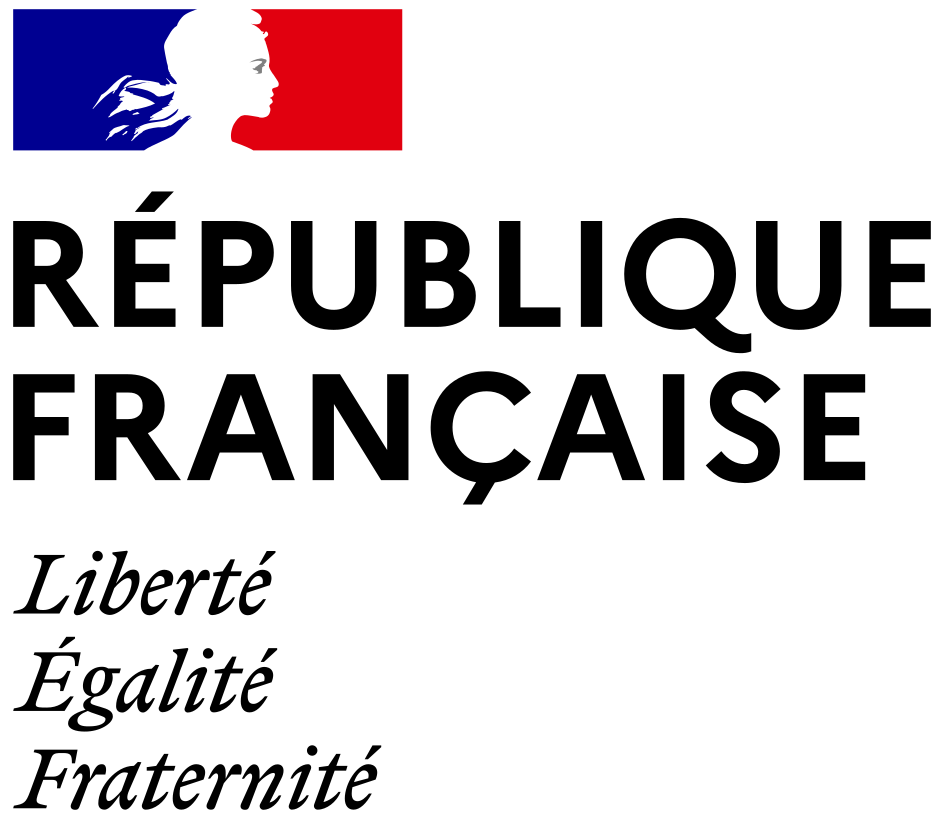The Magdalenian occupations at « La Croix de Bagneux » in Mareuil-sur-Cher (Loir-et-Cher)
Les occupations magdaléniennes de « La Croix de Bagneux » à Mareuil-sur-Cher (Loir-et-Cher)
Résumé
The archaeological site of ‘La Croix de Bagneux’ (Mareuil-sur-Cher, Loir-et-Cher) was explored in the context of an archaeological survey, thanks to the construction of the A 85 motorway (2004–2005). It revealed one of the most complete sequences for the recent Palaeolithic in the northern half of France. Known for its multiple Aurignacian and Gravettian settlements, La Croix de Bagneux also delivered several levels of the lower Magdalenian and, as it stands, indeterminate phases of the classical Magdalenian (Middle or Upper). Given these uncertainties, it appeared that a thorough analysis of the lithic industries from loci 16 and 17 would be able to elucidate techno-economic behaviours and clarify the chronostratigraphic position of these complexes. This contribution aims to present the preliminary results of these investigations, which are being carried out as part of the collective research project on the Final Palaeolithic and Mesolithic in the Paris Basin (dir. L. Mevel and S. Griselin). The scarcity of Magdalenian sites in this region prior to the recent or final phase makes the occupations of La Croix de Bagneux particularly interesting. As part of this contribution, we present results of two fields of research on lithic assemblages. The first aims to document the characteristics of blade production and to specify the content of the different artifact concentrations identified on the site. To begin we present the first observations from the locus 16/ concentration 6/level II, which was initially interpreted as the remains of a débitage cluster. However, it now seems very unlikely that concentration 6 is a débitage cluster. The technical diversity of the artefacts that comprise it, the obvious absence of production sequences associated with the cores and the potentially greater number of tools could instead be clues by wich to interpret it as a refuse cluster. However, from the data collected here, it is difficult to discuss in detail the organization of the blade production sequences. More extensive refitting, integrating the adjacent concentrations will be essential. The duality of the blade production intentions remains to be clarified. Indeed, given the scarcity of the retouched tools and the absence of functional analysis, our interpretations are still limited. Within the peripheral concentrations, narrow blades have been used to manufacture common tools (Souffi, 2008). On the other hand, all the evidence suggests a clear dissociation of the bladelet production from that of blades. These artifacts have also been taken into account from a more diachronic perspective, the objective of which was to assess the variability of the projectiles and their production methods. From a typological point of view, the presence of ‘Bertonne pieces’, one Lacan burin and the absence of backed bladelets, set level I, considered to be the most recent in locus 16, apart. The lower level (level II) was dominated by dihedral burins on narrow and regular blades, even though the marginal presence of a ‘bec-de-perroquet’ burin is observed. The different artifacts concentrations of this level were also characterized by the presence of backed bladelets and transverse burins, sometimes in significant proportions. This last observation legitimately raised the problem of the coherence of the different assemblages and the variability of bladelet productions that were regularly associated with them. Specifically, they demonstrated important divergences that needed to be assessed in their economic, functional and chronological dimensions. In detail, the characteristics of level II bladelet productions (showing diversity and autonomy of the chaîne opératoire according to converging models on slabs or on flake edges; typological diversity of the lithic implements dominated with the presence of truncated and/or pointed backed bladelets) allow them to be unambiguously compared to the productions of the Early Middle Magdalenian (19-17.5 ka cal. BP). On the other hand, the industries of concentrations 8 and 9 express obvious convergences with the contemporary technocomplexes of the Early Upper Magdalenian (16.5-15 ka cal. BP): integration of laminar and lamellar productions within the same volume, in a preferential exploitation of wide surfaces, parallel to the largest axis of the cobbles; standardization of the reduction sequence according to a semi-rotating unipolar model; standardization of the microlithic production. These initial proposals, formulated here as working hypotheses, will require confirmation - or refutation - by subsequent studies. In this respect, they call for new observations, in close coordination with the analysis and understanding of the blade production, the apparent uniformity of which obviously raises questions. This is the challenge of the work to come: the existence of at least two particular times of the Magdalenian on the site of ‘La Croix de Bagneux’, in addition to its lower phase, raises new hopes from this point of view but also new questions for the future. They concern both the synchronicity and succession of these occupations, the rhythms of the actions they imply, the workings of the changes they insinuate. Using a combined approach that blends together both palethnological goal and a palaeohistorical project, they have put the Mareuil-sur-Cher multi-phase deposit into the context of a long history whose framework must now be clarified.
Le gisement polyphasé de « La Croix de Bagneux » (Mareuil-sur-Cher, Loir-et-Cher) a été exploré en contexte préventif, à la faveur de l’aménagement de l’autoroute A 85 (2004-2005). Il a révélé l’une des séquences les plus complètes du Paléolithique récent de la moitié nord de la France : réputé pour ses occupations multiples de l’Aurignacien et du Gravettien, il a également livré plusieurs niveaux du Magdalénien inférieur et, en l’état, de phases indéterminées du Magdalénien classique (moyen ou supérieur). Compte tenu de ces incertitudes, il est apparu qu’une analyse approfondie des industries lithiques provenant des locus 16 et 17 serait en mesure d’élucider certains comportements techno-économiques de leurs occupants et d’éclaircir la position chronostratigraphique de ces ensembles. La présente contribution propose d’exposer les résultats préliminaires de ces investigations, poursuivies dans le cadre du projet collectif de recherche sur le Paléolithique final et le Mésolithique dans le Bassin parisien (dir. L. Mevel et S. Griselin).
| Origine | Accord explicite pour ce dépôt |
|---|---|
| Licence |


